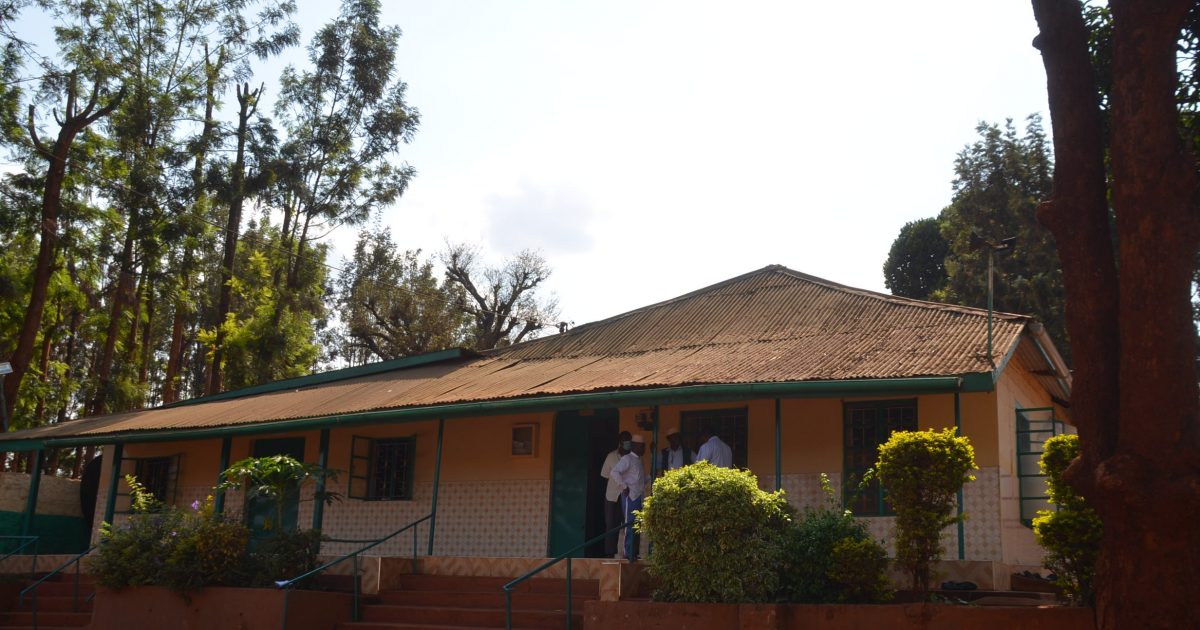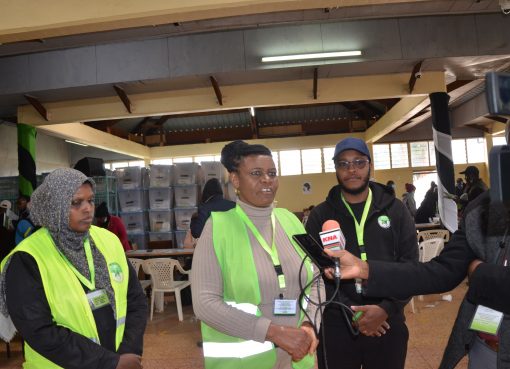The National Museums of Kenya is conducting public participation with a view to gazetting two historical monuments in Murang’a.
The sites and monuments identified to be gazetted in Murang’a County include Mjini Mosque in Kiharu and an emergency colonial village in Kiambicho forest.
Mjini mosque is the oldest mosque in central Kenya built by Arab traders in the 1900s.
A Colonial Officer, Francis Hall, came to the area together with about 300 people from the coast who helped build it together with Arab traders who were trading in ivory.
The mosque is to this day used for prayers by the Muslim Community in the Mjini informal settlement.
One of the elders at the mosque, 71-year-old, Shaban Gakure, explained the importance of the Mjini mosque as a central part of the history of Islam in the interior parts of Kenya.
“This is the oldest mosque in the Kenyan interior built in 1900 and from this mosque, the Muslim Community has grown over the years and we now have over 200 mosques in Central Region,” Shaban said.
He also observed that it would be of great importance to future generations if all the history passed down to his generation from his elders could be properly documented so that it does not die with them.
“I know a lot of history, both religious and political, some was passed down from our elders who have since died and some of the events I have witnessed but it is all undocumented,” he said.
The second site, an emergency colonial village in Kiambicho forest is one of over 800 colonial villages that were built by the Colonial Government as part of waging war against the Mau Mau in 1954 two years after the declaration of the State of Emergency.
The villages were intended as a punitive strategy to contain, control and discipline Mau Mau women after the colonialists learnt of their role in the struggle for independence.
Emergency villages had spiked trenches around them, security watch trenches, bridges and single gates to restrict movement of the locals.
The National Museums of Kenya Assistant Curator in charge of Murang’a County, Antony Maina, stated that NMK hopes to gazette a number of monuments and historical sites for the purpose of enhancing knowledge, foster appreciation and sustainable utilization of these resources across the country.
“The government’s objective is to develop some form of cultural centres where people could come and learn more about their culture and heritage in Murang’a,” Maina said when he spoke to KNA in his office.
Maina noted that the plans are well underway and they are now planning public participation forums in order ensure that the local communities are part of the process and to educate them on the importance of gazetting the historical sites.
“Local residents are supposed to take the lead in protecting the natural and cultural heritage sites that offer visitors an opportunity to sample the county’s rich heritage both for education and leisure,” he said.
In Murang’a County, sites that have been gazetted include Fort Hall, and Mukurwe wa Nyagathanga shrine.
Fort Hall was built by Francis Hall in 1900.
Hall built the fort for shelter and security on a hill in the area originally known as Mbiri, the town that developed in the area around the fort later came to be known as Forthall until after independence when it was renamed Murang’a.
“Hall was the first Colonial Administrator in the area. This fort was the first colonial station in the British East Africa Protectorate,” Maina added.
Mukurwe wa Nyagathanga shrine is a significant landmark known for its spiritual and cultural heritage among the Agikuyu Community.
The Curator observed that Mukurwe wa Nyagathanga today attracts tourists who want to find out more about the history of the Agikuyu tribe.
The Gikuyu political elite also use the shrine to rally the tribe around a common cause during elections.
By Purity Mugo and Anita Omwenga





